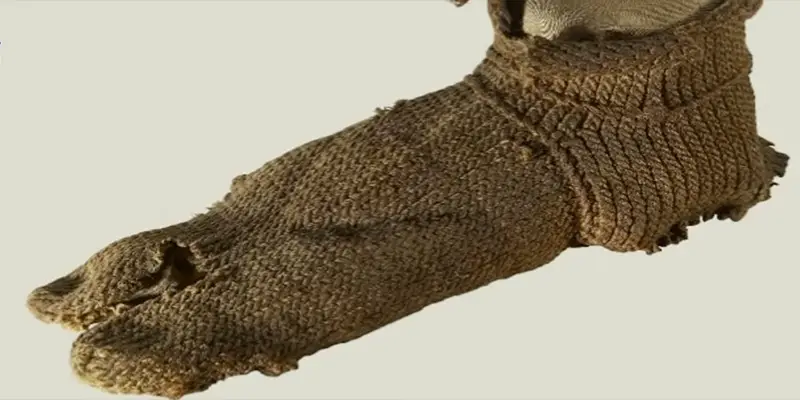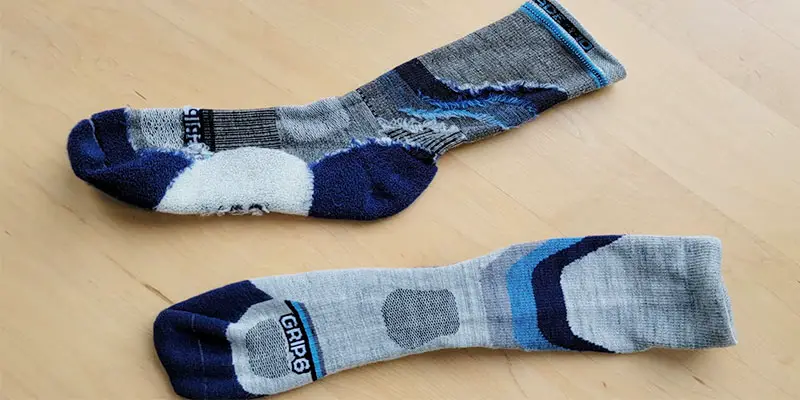Hi, I'm Christopher Bevans, the creator of SocksWiki.com. With a background in fashion design and a passion for innovation, I’m here to share my knowledge on socks from troubleshooting tips to detailed buying guides. I believe the right pair of socks can make all the difference, and through this site, I aim to help you find the perfect fit for every occasion.
Hi, I'm Christopher Bevans, the creator of SocksWiki.com. With a background in fashion design and a passion for innovation, I’m here to share my knowledge on socks from troubleshooting tips to detailed buying guides. I believe the right pair of socks can make all the difference, and through this site, I aim to help you find the perfect fit for every occasion.
Socks have been an essential part of human clothing for thousands of years, with their invention rooted in the need for foot protection and comfort.
Originating in ancient civilizations like Egypt, Greece, and Rome, socks were initially created to shield feet from harsh footwear and environmental elements.
Over time, their role expanded to include warmth, hygiene, and even fashion. The evolution of socks reflects advancements in materials and technology, highlighting their significance in daily life.
Understanding why socks were invented reveals their multifunctional purpose, blending practicality with style across different cultures and eras.
5 Reasons Why Socks Were Invented
Socks were invented primarily for practical reasons, serving as a barrier between the foot and footwear.
Here are 5 key reasons for the invention of socks:
1. Protection and Comfort
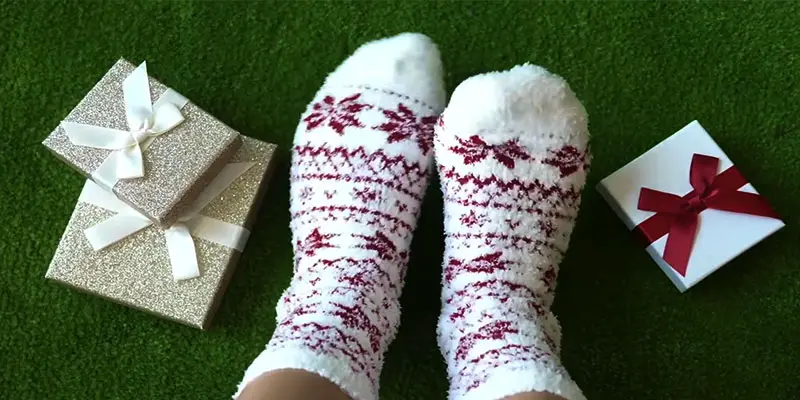
Socks were initially created to provide a protective layer between the feet and the often rough or rigid materials of early footwear.
By reducing friction, they help prevent blisters, chafing, and calluses, which can be caused by prolonged walking or standing.
Additionally, socks provide a cushioning effect, enhancing overall foot comfort. This is especially important for people who are on their feet for long periods, as socks can help reduce fatigue and discomfort.
2. Hygiene
In ancient times, maintaining foot hygiene was a significant concern, especially when footwear and roads were less sanitary.
Socks served as a barrier against dirt, dust, and other environmental elements, helping to keep feet clean.
They also absorbed sweat, which is crucial in preventing bacterial and fungal infections like athlete’s foot.
The use of socks can also minimize the odor associated with sweaty feet, making them an essential part of personal hygiene.
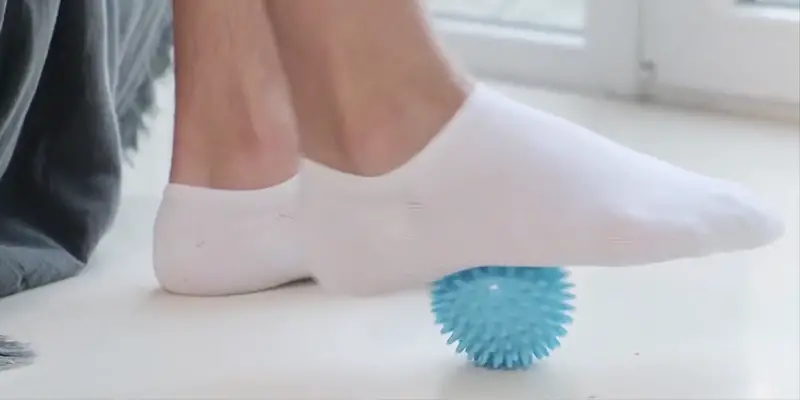
3. Warmth
Socks are an effective way to keep feet warm in cold weather, which is vital for preventing cold-related conditions like frostbite.
Early socks were often made from wool, which has natural insulating properties and can retain warmth even when wet.
In colder climates, socks were essential for survival, providing an additional layer of protection against the elements.
Over time, the development of new materials, such as thermal and synthetic fabrics, has enhanced the warmth and comfort that socks can provide.

4. Social and Cultural Factors
Throughout history, socks have also played a role in social and cultural expression. In ancient Rome, for example, socks were a sign of affluence, as they were often dyed and made from expensive materials.
During the Renaissance, brightly colored and patterned socks became a fashion statement among the wealthy.
In many cultures, the type, color, and quality of socks can indicate a person’s social status or profession.
In modern times, socks continue to be an expression of personal style and taste, with a wide range of designs, patterns, and colors available.

5. Practical Uses
Socks have practical applications beyond everyday wear. In sports and physical activities, specialized socks are designed to enhance performance and protect the feet.
For example, athletic socks may include features such as arch support, moisture-wicking materials, and extra padding in high-impact areas.
These features help prevent injuries like blisters and reduce strain on the feet and legs. Compression socks are another example, used to improve circulation and reduce swelling during long periods of sitting or standing.
Additionally, socks are used in various professions where foot protection is necessary, such as in the military or for outdoor work.
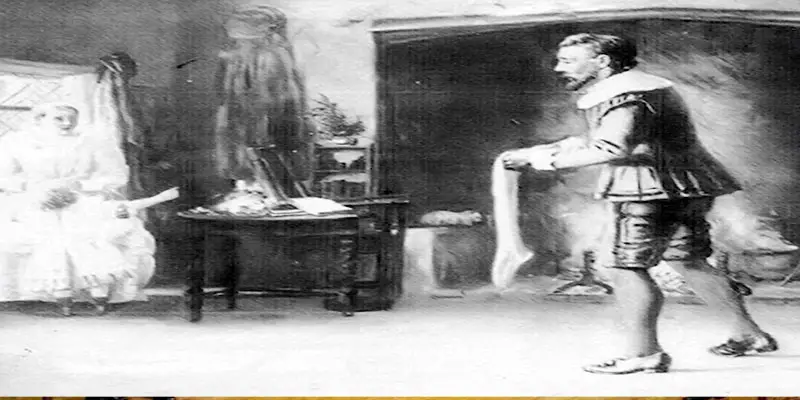
What Was the Purpose of Socks?
In ancient times, socks served several practical and symbolic purposes, tailored to the needs and materials available in each era.
Here’s a closer look at their roles throughout different ancient civilizations:
Foot Protection and Comfort
In ancient societies, socks were an essential accessory for protecting the feet from the harsh surfaces of early footwear.
Sandals and other primitive shoes were often made from materials like leather or woven plant fibers, which could be rough and uncomfortable.
To enhance comfort, ancient peoples used socks as a cushioning layer between their feet and their footwear.
This layer helped reduce friction, preventing blisters and sores from developing, and provided a more comfortable walking experience.
The added protection also helped to reduce the risk of injuries, making long journeys or daily tasks more manageable.
Enhancing Foot Hygiene
Maintaining foot hygiene was a significant concern in ancient times, especially in environments where dust, sweat, and dirt were prevalent.
Socks played a key role in this aspect by acting as a barrier that absorbed sweat and kept feet clean. In ancient Egypt, for instance, woolen socks helped manage foot hygiene in the sandy and hot climate.
By preventing direct contact with dirt and reducing moisture build-up, socks helped to minimize the risk of fungal and bacterial infections, contributing to overall foot health and cleanliness.
Providing Warmth
In regions with colder climates, socks were crucial for maintaining warmth and comfort. Ancient peoples understood the insulating properties of materials like wool, which they used to craft socks that provided a barrier against cold temperatures.
These socks helped to retain body heat and prevent frostbite or other cold-related issues. In ancient Greece and Rome, woolen socks were particularly valued for their ability to keep feet warm during chilly weather or in unheated living spaces.
The evolution of sock materials and designs over time further enhanced their effectiveness in providing warmth and protection.
Symbolic and Status Significance
Socks in ancient times often carried symbolic and social significance. In ancient Rome, for example, socks made from luxurious materials such as silk and dyed in bright colors were a mark of high social status and wealth.
This was not just about comfort or protection but also about demonstrating affluence and taste.
Similarly, during the Renaissance period, elaborately designed and vividly colored socks became a fashionable accessory among the wealthy.
These decorative socks were often worn as a status symbol, reflecting one’s social position and personal style.
Practical Daily Applications
Beyond their role in comfort and hygiene, socks had various practical uses in daily life across different ancient civilizations.
In ancient China, for example, socks were used to provide protection and comfort during activities like horseback riding and military training.
They helped shield the feet from injuries and provided additional support. Similarly, in ancient Mesopotamia, socks made from woven fabrics were used to navigate harsh terrains and protect the feet from environmental challenges.
The adaptability of socks to various needs and activities underscores their practical importance in ancient daily life.
Who Invented Socks and Why?
The invention of socks is not attributed to a single individual but rather to the collective innovations of ancient civilizations over time.
Here’s a look at how socks came into existence and the reasons behind their creation:
Origins and Early Development
Socks have been around for thousands of years, with the earliest known examples dating back to ancient Egypt, around 300-500 AD.
The oldest preserved socks were found in a burial site in Egypt and were made from wool. These early socks were designed with a split-toe design to fit with the sandals commonly worn in that era.
The Egyptians, like other ancient cultures, likely invented socks to address the practical need for foot protection and comfort.
Ancient Civilizations
- Ancient Greece and Rome: The Greeks and Romans also played a significant role in the development of socks. Greeks wore socks called “piloi,” which were made from matted animal hair.
These were similar to modern-day foot coverings but were primarily used for warmth and comfort.
The Romans, who inherited and adapted many Greek practices, used socks called “udones,” made from wool or leather.
The primary purpose of these early Roman socks was to provide insulation and protect the feet from rough footwear.
- Ancient China: In ancient China, socks were used as a practical accessory for activities such as horseback riding and military training.
These socks, made from materials like silk and cotton, provided protection and comfort during physical activities.
Medieval and Renaissance Europe
During the medieval period in Europe, socks became more elaborately designed, often featuring intricate patterns and embroidery.
By the Renaissance, socks had evolved into a fashionable accessory, with wealthy individuals wearing elaborately decorated and brightly colored socks to display their social status and personal style.
Industrial Revolution and Modern Times
The invention of the knitting machine by William Lee in the late 16th century revolutionized sock production.
This invention allowed for more consistent and efficient manufacturing of socks, making them more accessible to the general population.
The development of synthetic fibers in the 20th century further expanded the functionality and variety of socks available.
Purpose of Invention
The primary purposes behind the invention of socks were to provide:
- Protection: Preventing foot injuries and blisters from rough footwear.
- Comfort: Offering cushioning and reducing friction.
- Warmth: Keeping feet warm in cold climates.
- Hygiene: Absorbing sweat and keeping feet clean.
What Are Socks Designed For?
Socks are designed with a range of purposes in mind, addressing both functional and aesthetic needs.
Here’s a breakdown of their primary functions:
Purpose of Foot Protection
Socks are essential for safeguarding the feet from various sources of irritation and injury. They create a protective barrier between the skin and footwear, helping to prevent blisters and sores caused by rubbing or friction.
Additionally, socks shield the feet from external elements such as dirt and debris, making them particularly useful during activities like hiking or outdoor work.
Enhancing Comfort
Socks significantly contribute to comfort by adding cushioning between the feet and shoes. This layer of padding helps absorb impact and reduces stress on the feet, particularly in high-pressure areas.
They also improve the fit of shoes by smoothing out unevenness, thus preventing pressure points and making the overall wearing experience more enjoyable.
Temperature Regulation and Warmth
Socks are crucial for maintaining appropriate foot temperature. They provide insulation by trapping heat close to the skin, which is particularly important in cold weather.
Materials like wool are effective at keeping feet warm. Many modern socks also feature moisture-wicking properties to manage sweat and keep feet dry, preventing issues like cold feet or frostbite.
Maintaining Foot Hygiene
Socks play a vital role in foot hygiene by absorbing sweat and keeping the feet dry. This helps to reduce the risk of fungal infections and unpleasant odors.
By acting as a barrier between the feet and external surfaces, socks help to maintain cleanliness and prevent problems related to excessive moisture.
Providing Support
Certain socks are designed with specialized support features to meet various needs. For example, some offer built-in arch support to enhance comfort and aid in proper alignment.
Compression socks are designed to improve blood circulation and reduce swelling, making them beneficial for athletes and individuals with specific health conditions.
Fashion and Style
Socks have evolved into a fashion accessory, allowing individuals to express their personal style.
They come in a wide array of colors, patterns, and designs, which can complement outfits and showcase personality.
Fashionable socks have become a trendy part of the wardrobe, adding a unique touch to everyday attire.
Specialized Functions
Socks can be designed for specific functions and activities. Athletic socks, for example, feature moisture-wicking fabrics and extra cushioning to enhance performance during physical activities.
Medical socks, such as compression varieties, are intended to address health issues like poor circulation.
Work socks often have reinforced areas and additional padding to endure the demands of long hours on the feet, ensuring durability and comfort.
Why Were Socks Invented in America?
Socks were not specifically invented in America. The concept of socks dates back thousands of years and originated in various ancient civilizations across the world.
Here’s a brief overview of the history and why it might seem like socks are linked to American invention:
Historical Origins
The earliest known examples of socks come from ancient Egypt, around 300-500 AD. These early socks were made from wool and designed with a split-toe feature to fit with the sandals worn at the time.
The Greeks and Romans also had their versions of foot coverings, with Greeks wearing matted animal hair socks and Romans using wool or leather socks.
Evolution and Innovation
Socks have evolved over centuries, with significant developments happening in various parts of the world. In medieval Europe, socks became more elaborate and fashionable.
The invention of the knitting machine by William Lee in England in the late 16th century revolutionized sock production, making them more accessible and consistent.
American Influence
While socks were not invented in America, the country has contributed to their development and popularization.
In the 19th and 20th centuries, American innovations in textile manufacturing and the development of synthetic materials advanced sock technology.
For example, the introduction of nylon and other synthetic fibers improved the durability and versatility of socks.
Cultural Impact
In America, socks have become a significant part of fashion and daily wear. Various American brands and designers have contributed to the evolution of sock styles and functionalities.
The U.S. has also seen the rise of trendy and specialized socks, reflecting its diverse fashion landscape and technological advancements.

Hi, I'm Christopher Bevans, the creator of SocksWiki.com. With a background in fashion design and a passion for innovation, I’m here to share my knowledge on socks from troubleshooting tips to detailed buying guides. I believe the right pair of socks can make all the difference, and through this site, I aim to help you find the perfect fit for every occasion.
- Latest Posts by Christopher Bevans
-
Socks Care Label Symbols and Meanings: 5 Explained
- -
Smartwool vs Darn Tough Socks: Hiking, Running, Women & Men
- -
Socks Storage Ideas: 10 Real-Life DIY Ideas
- All Posts

